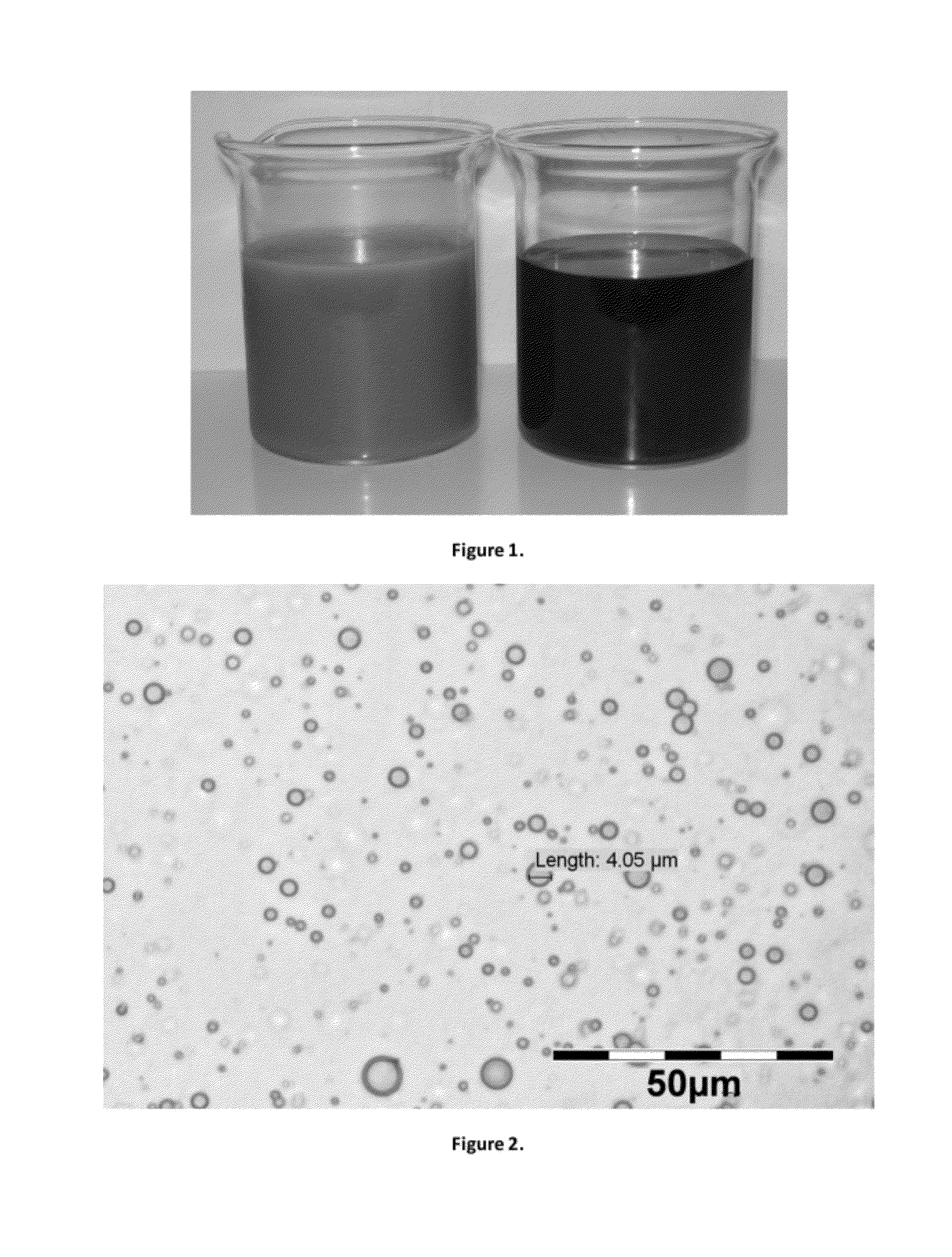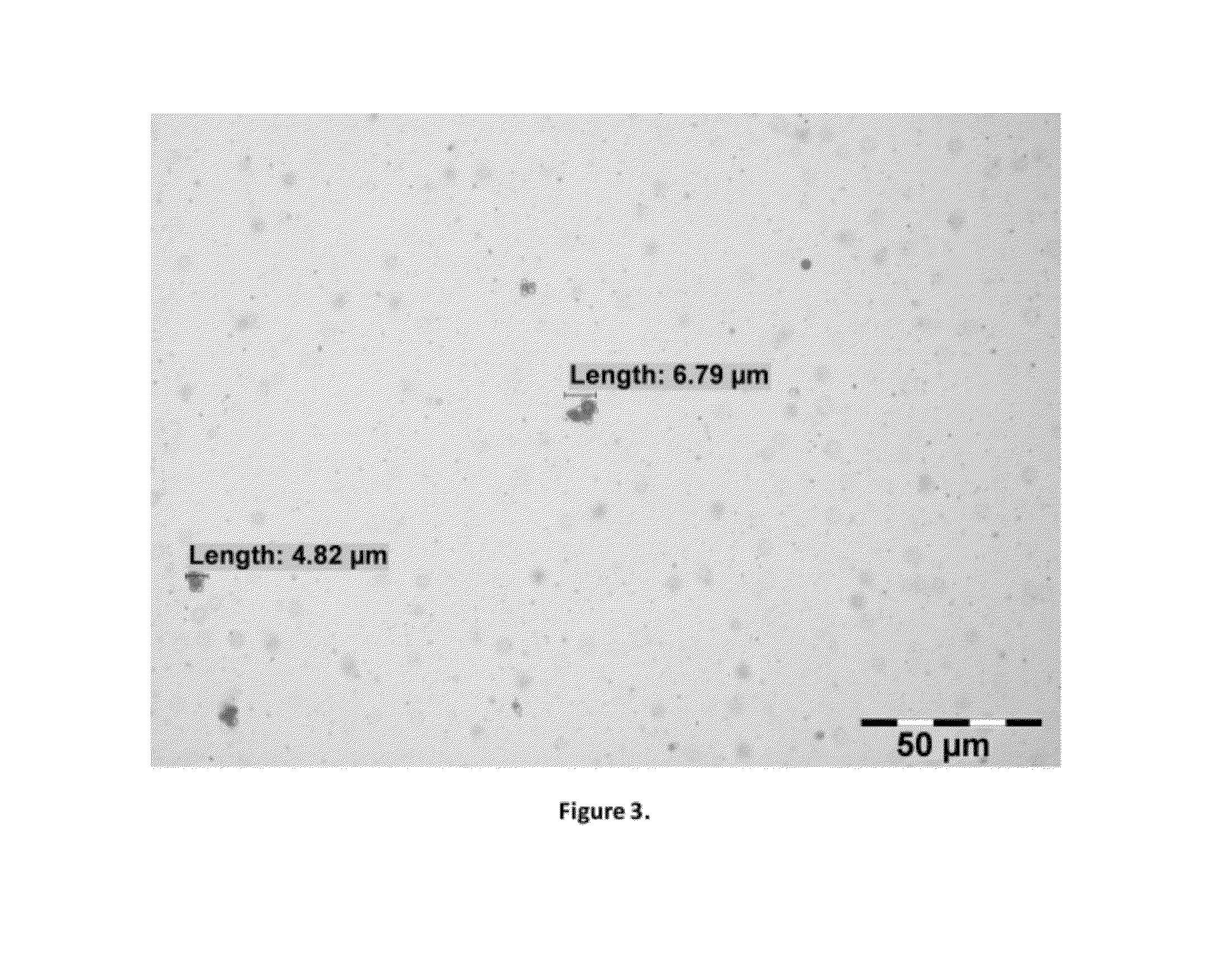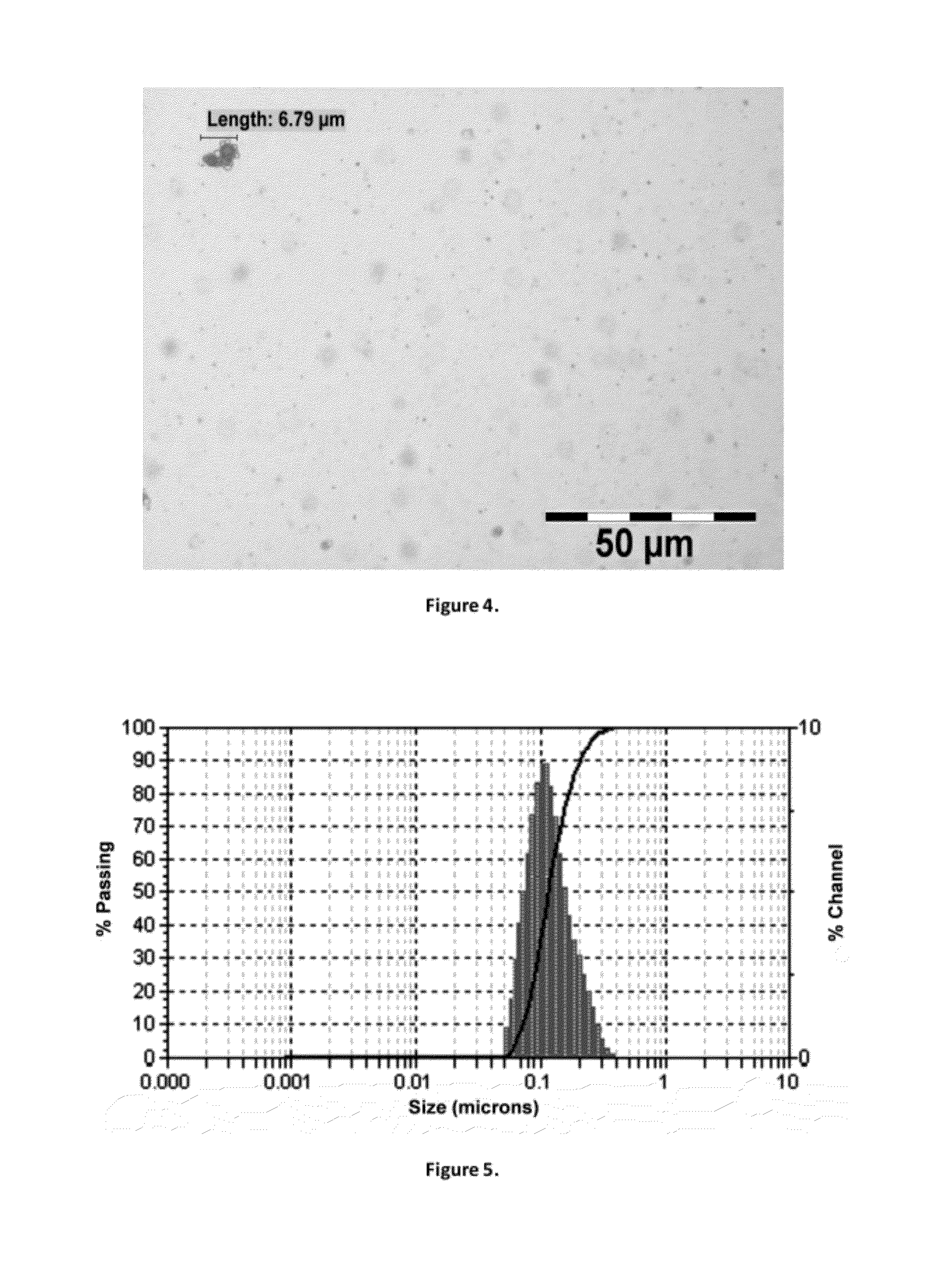Composition and method of preventing and treating redox diseases
a technology of redox diseases and compounds, applied in the direction of biocide, dispersed delivery, food ingredients as antioxidants, etc., can solve the problems of unbalanced cellular homeostasis, additional oxidative stress, and the basic activation of nrf2 doesn't guarantee the transcription of gcs, so as to prevent the disruption of thiol (sulfur) signaling, reduce or prevent
- Summary
- Abstract
- Description
- Claims
- Application Information
AI Technical Summary
Benefits of technology
Problems solved by technology
Method used
Image
Examples
example 1
[0073]As seen in FIG. 7, powdered to coarse-ground roasted or unroasted coffee beans which were un-adulterated or adulterated with other soluble or insoluble compounds were added to water between about 0° C. to about 100° C. The ratio of grind to water ranged from 1 g:40 ml to 1 g:2 ml with the effective ration at 1 g:20 ml. In this example the beans were unadulterated roasted course ground and the ratio used was 1 g:40 ml. However, it is noted that the temperature of the water controls extraction rates, not extraction amounts. Higher extraction rates occur at higher water temperatures. Accordingly, any temperature water may be used in the extraction process, including chilled water. The coffee grounds remained in the water extraction for about 1 minute to 72 hours, with an effective extraction time of 6 minutes. Other food grade and heath components are optionally added after the water extraction, thereby permitting incorporation of these components into the micelles films, lipid d...
example 2
[0074]Powdered to coarse-ground used or previously water extracted, i.e. brewed, roasted or unroasted coffee beans, were added to water with a temperature between about 0° C. to about 100° C. The ratio of grind to water ranged from 1 g:40 ml to 1 g:2 ml with the effective ration at 1 g:20 ml. This process of water extraction was used 6 to 10 times or until the majority of water soluble compounds were removed from the beans. Soxhlet extraction (Soxhlet, 1879, 232, 461) may be used to enhance removal and reduce the amount of water required. The eluent produced, containing water soluble coffee compounds, may be discarded or separated to be reused as components for the food and beverage industry.
[0075]The washing of the coffee bean grounds exposes bean fibers to water for over 8 hours to about 24 hours, allowing insoluble and soluble fibers of the bean to swell to their maximum. The fully hydrated beans were then exposed to ultrasonic energy, from between 15 kHz-100 mHz, with the optima...
example 3
[0076]The resulting colloidal suspension from example 1 or 2 was added to standard water extracted coffee, i.e. brewing, or coffee compounds from roasted or unroasted beans (standard filtered or unfiltered). The colloidal suspension / coffee drink mixture was then exposed to cavitation by ultrasound so that both non-soluble and soluble compounds are added to the film, thereby increasing film size, distribution and compound type. The higher the concentration profile the greater the films. The standard water extraction was concentrated from 1:1 up to 50:1. The greater the concentration the greater the films produced on the microscopic particles. To enhance film development and embedments, cavitation is optionally repeated as an additional step.
[0077]To attach different compounds to the film or soluble fiber matrix, other extractable natural compounds can be added to the colloidal suspension prior to cavatation. Examples of such extractable materials include teas and herbs. Advantageousl...
PUM
 Login to View More
Login to View More Abstract
Description
Claims
Application Information
 Login to View More
Login to View More - R&D
- Intellectual Property
- Life Sciences
- Materials
- Tech Scout
- Unparalleled Data Quality
- Higher Quality Content
- 60% Fewer Hallucinations
Browse by: Latest US Patents, China's latest patents, Technical Efficacy Thesaurus, Application Domain, Technology Topic, Popular Technical Reports.
© 2025 PatSnap. All rights reserved.Legal|Privacy policy|Modern Slavery Act Transparency Statement|Sitemap|About US| Contact US: help@patsnap.com



